These teat feeders come in a range of sizes from one to 20. The most common size for group pens is the six- or 10-teat option which is hooked on to a gate.
The one-teat option is OK for an individual pen but not much good for a group pen.
The largest of these feeders is a 20-teat feeder that has its own base and is placed in the calf pen with the calves sucking from all around it.
These teat feeders are ideal when feeding up to 70 or 80 calves. By having two or three 12-teat feeders, 20 or 30 calves can be fed in two or three pens at the one time.
It’s important to have more teats on the feeder than there are calves in the pen. This gives extra room to the calves and avoids a weak calf getting bullied.
This system can get a bit stretched when numbers get larger than 70 or 80 calves.
Of course, they will suffice for larger numbers but calf feeding becomes a much longer task. Plus, milk is usually bucketed to each feeder which takes a physical toll on the body over time. Feeding 50 calves involves moving 1t of milk every four days.
Value for money.Simple to use.Cheap to maintain.Typical cost for 10-teat feeder: €170.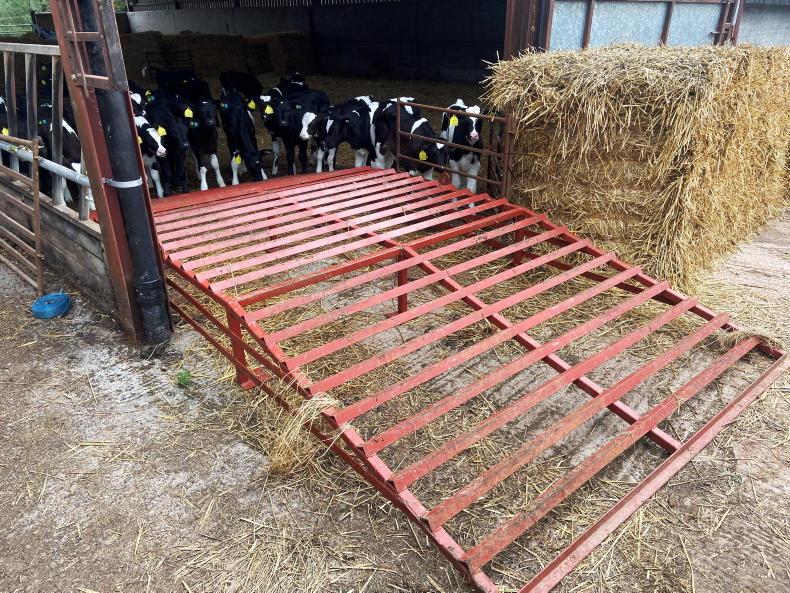
Cattle grid for the quad and trailed feeder to pass over but which prevents calves from passing
For those rearing more than 80 calves, a trailed multi-teat feeder is a serious consideration.
These feeders are typically pulled behind a quad or a jeep and can feed between 30 and 60 calves at the one time.
The milk is located in a tank and a valve is opened to release the milk to the teats. These trailed feeders are usually designed to be easy to wash.
While they are typically associated with feeding calves out in a field, they can be adapted for use indoors for feeding calves in pens of 30 to 50 calves.
In recent years many farmers have adapted sheds to cater for these feeders by installing U-shaped gates which allow the feeder to back into the gate and gives the calves access to the teats without the feeder actually entering the pen or the calves leaving the pen.
Other options include using a cattle grid-type ramp that the quad and feeder drive over but which calves cannot cross.
When weather is suitable the calves can then be left outdoors and can continue to be fed milk through the feeder. The milk tanks can hold hundreds of litres meaning multiple pens can be fed from the one tank of milk.
Ideally suited for larger numbers.Can be tricky to gauge volumes when feeding less than 30 calves.Cheap to maintain.Need good animal husbandry skills.Typical cost for 50-teat trailed feeder: €3,500.Computerised calf feeders have become popular in recent years. These devices can feed up to 140 calves depending on specification and feeding rates.
Unlike conventional feeding systems where calves are fed twice or sometimes once per day, computerised calf feeders feed up to six times per day, mimicking what happens when a calf is with the cow.
Each calf is identified by an electronic tag which is read when it enters the feed station. The computer decides if that calf is due a feed or not.
If it is due a feed, this will be automatically made up by the mixing station and pumped to the feed station where the calf will suck from the teat.
Each calf is on a feed programme and as it nears the end of the programme it will be weaned automatically. These feeders usually work with milk replacer but whole milk can be used also. They are programmed to wash automatically.
These devices have been successfully used to rear calves for many years. The computer will alert the farmer of potentially sick calves based on failure to attend the feed station or if feeding speed reduces.
The main downside is the cost, at between €10,000 and €13,000 excluding VAT for a two- and four-station computerised feeder respectively.
They also require maintenance as there are moving parts and electronics involved. In freezing weather, machine output decreases as it takes longer to heat the mixed milk to the required temperature. Another downside is that the machine is not mobile, so the calves have to remain inside for the duration of the pre-weaning period.
Can feed up to 140 calves per computer.Various feed programmes available.Will wean calves smoothly.Expensive to purchase at between €10,000 and €13,000 excluding VAT
These teat feeders come in a range of sizes from one to 20. The most common size for group pens is the six- or 10-teat option which is hooked on to a gate.
The one-teat option is OK for an individual pen but not much good for a group pen.
The largest of these feeders is a 20-teat feeder that has its own base and is placed in the calf pen with the calves sucking from all around it.
These teat feeders are ideal when feeding up to 70 or 80 calves. By having two or three 12-teat feeders, 20 or 30 calves can be fed in two or three pens at the one time.
It’s important to have more teats on the feeder than there are calves in the pen. This gives extra room to the calves and avoids a weak calf getting bullied.
This system can get a bit stretched when numbers get larger than 70 or 80 calves.
Of course, they will suffice for larger numbers but calf feeding becomes a much longer task. Plus, milk is usually bucketed to each feeder which takes a physical toll on the body over time. Feeding 50 calves involves moving 1t of milk every four days.
Value for money.Simple to use.Cheap to maintain.Typical cost for 10-teat feeder: €170.
Cattle grid for the quad and trailed feeder to pass over but which prevents calves from passing
For those rearing more than 80 calves, a trailed multi-teat feeder is a serious consideration.
These feeders are typically pulled behind a quad or a jeep and can feed between 30 and 60 calves at the one time.
The milk is located in a tank and a valve is opened to release the milk to the teats. These trailed feeders are usually designed to be easy to wash.
While they are typically associated with feeding calves out in a field, they can be adapted for use indoors for feeding calves in pens of 30 to 50 calves.
In recent years many farmers have adapted sheds to cater for these feeders by installing U-shaped gates which allow the feeder to back into the gate and gives the calves access to the teats without the feeder actually entering the pen or the calves leaving the pen.
Other options include using a cattle grid-type ramp that the quad and feeder drive over but which calves cannot cross.
When weather is suitable the calves can then be left outdoors and can continue to be fed milk through the feeder. The milk tanks can hold hundreds of litres meaning multiple pens can be fed from the one tank of milk.
Ideally suited for larger numbers.Can be tricky to gauge volumes when feeding less than 30 calves.Cheap to maintain.Need good animal husbandry skills.Typical cost for 50-teat trailed feeder: €3,500.Computerised calf feeders have become popular in recent years. These devices can feed up to 140 calves depending on specification and feeding rates.
Unlike conventional feeding systems where calves are fed twice or sometimes once per day, computerised calf feeders feed up to six times per day, mimicking what happens when a calf is with the cow.
Each calf is identified by an electronic tag which is read when it enters the feed station. The computer decides if that calf is due a feed or not.
If it is due a feed, this will be automatically made up by the mixing station and pumped to the feed station where the calf will suck from the teat.
Each calf is on a feed programme and as it nears the end of the programme it will be weaned automatically. These feeders usually work with milk replacer but whole milk can be used also. They are programmed to wash automatically.
These devices have been successfully used to rear calves for many years. The computer will alert the farmer of potentially sick calves based on failure to attend the feed station or if feeding speed reduces.
The main downside is the cost, at between €10,000 and €13,000 excluding VAT for a two- and four-station computerised feeder respectively.
They also require maintenance as there are moving parts and electronics involved. In freezing weather, machine output decreases as it takes longer to heat the mixed milk to the required temperature. Another downside is that the machine is not mobile, so the calves have to remain inside for the duration of the pre-weaning period.
Can feed up to 140 calves per computer.Various feed programmes available.Will wean calves smoothly.Expensive to purchase at between €10,000 and €13,000 excluding VAT 





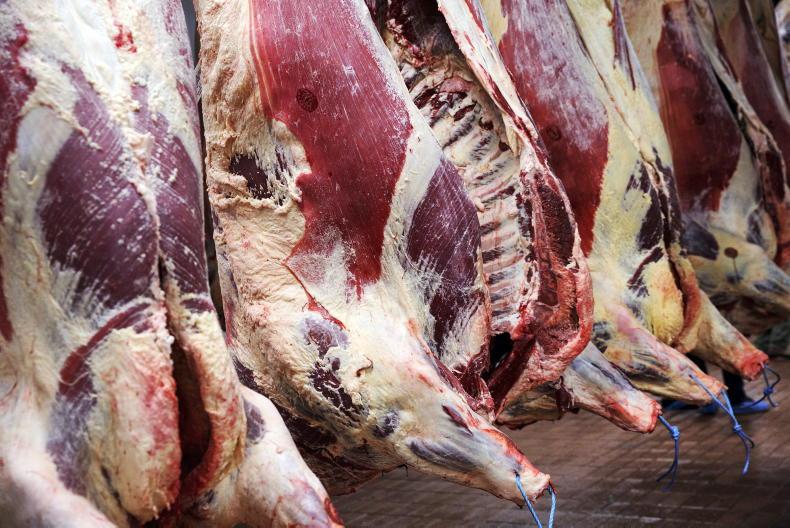

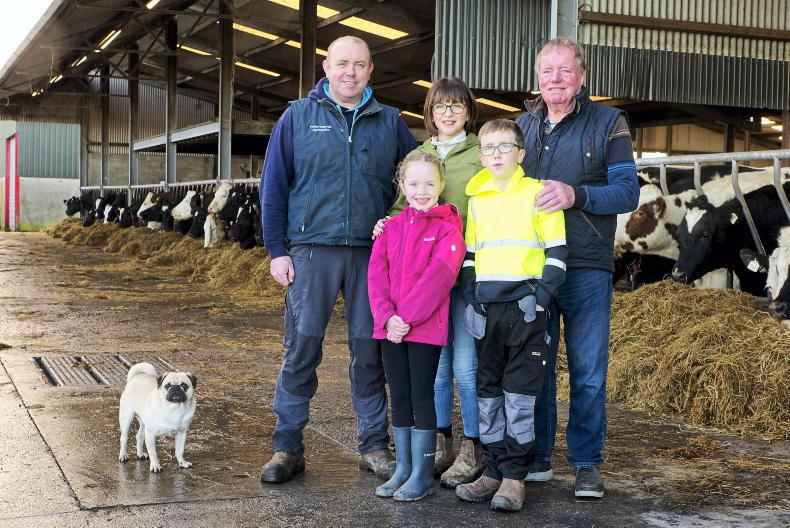
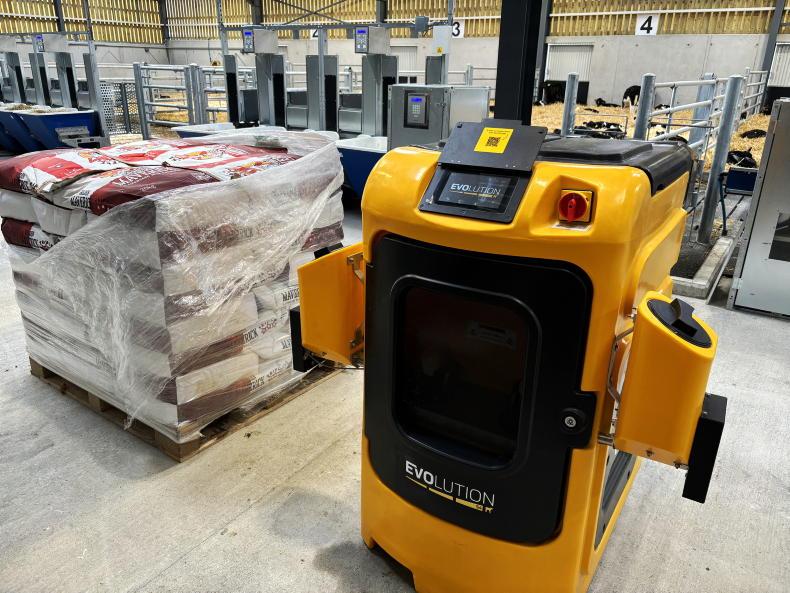
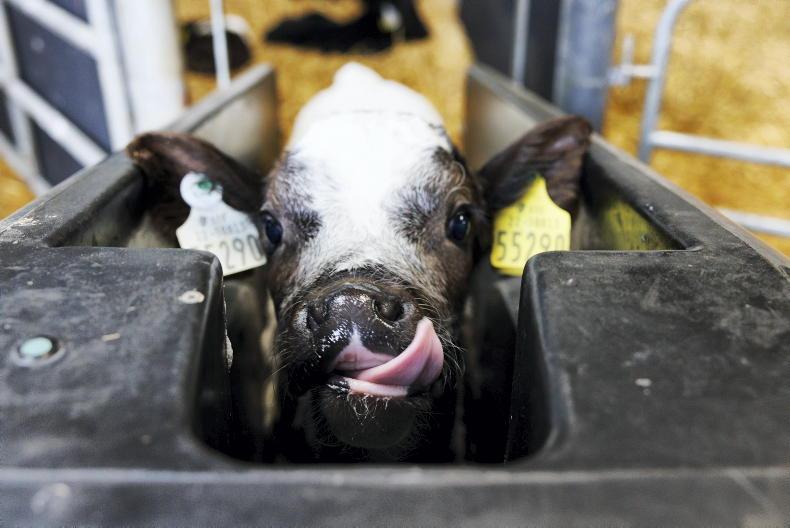
SHARING OPTIONS